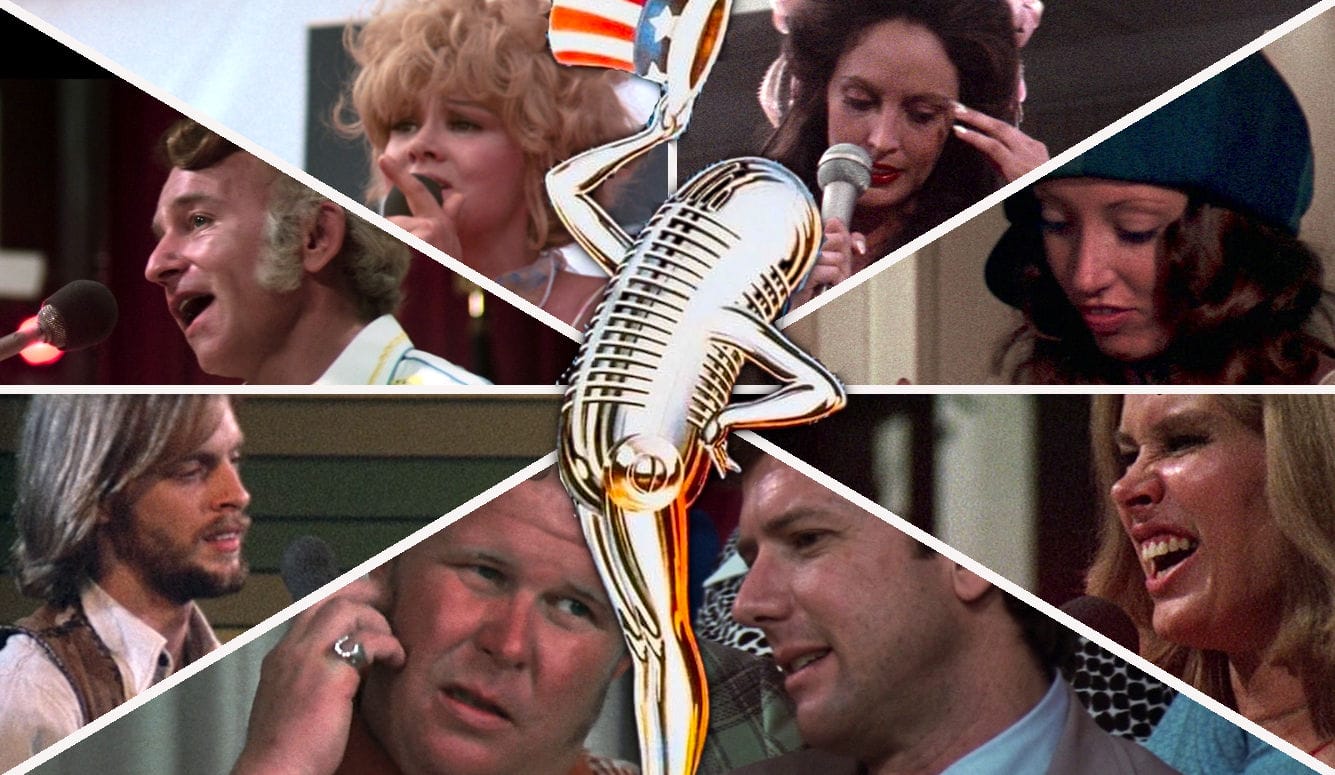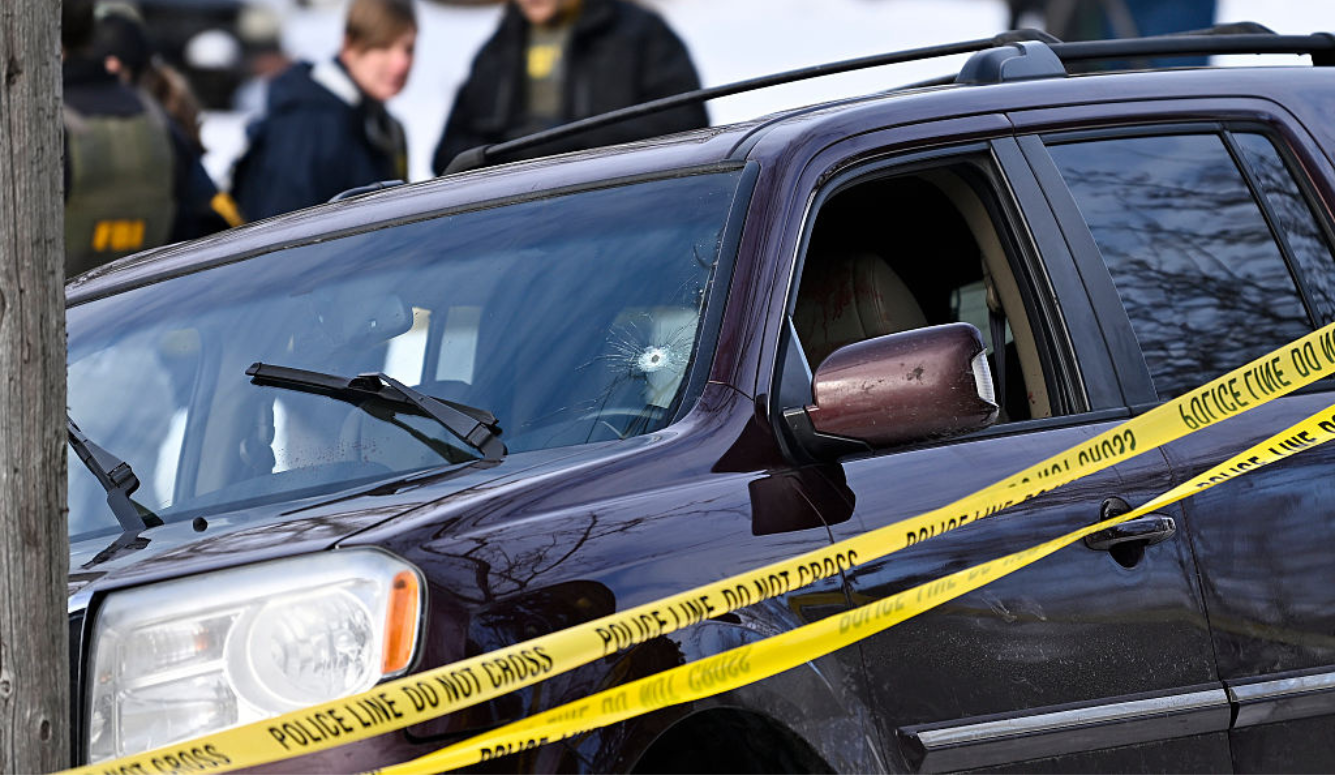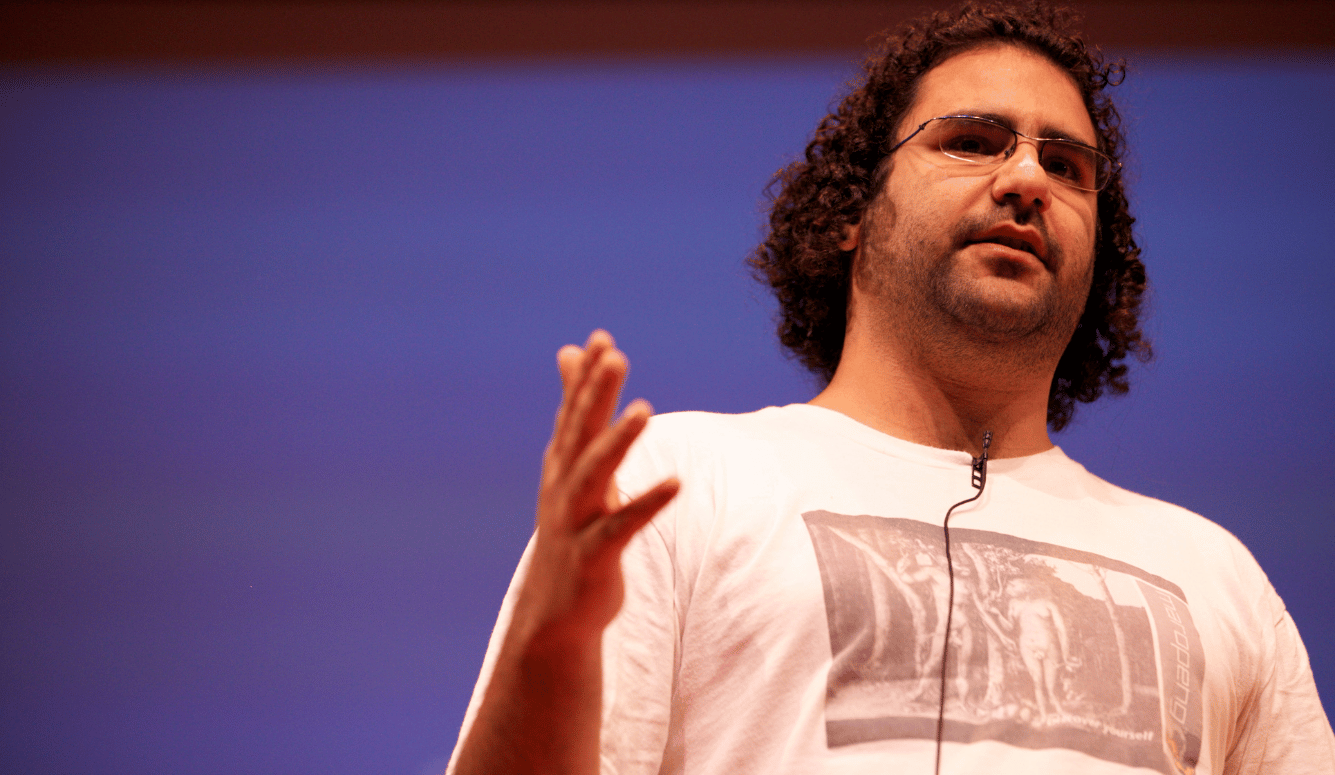
Pauline Kael could be a sour critic, but I’d have loved to sit next to her the first time she watched Robert Altman’s Nashville when it opened in 1975. “I’ve never before seen a movie I loved in quite this way,” she swooned in her New Yorker column: “I sat there smiling at the screen, in complete happiness. It’s a pure emotional high.” Pass the popcorn, Pauline! There’s no accounting for personal taste, of course, but modern audiences may conclude that she was overselling the case a bit. Nevertheless, as it turns fifty this year, Nashville remains a great American movie and a great movie about America, skilfully harmonising the tension between our strange and wonderful country’s absurdity and charm.
As the opening credits appear, Altman takes us inside Nashville’s legendary Studio A, where we watch country and western singer Haven Hamilton (Henry Gibson) record a bombastic bicentennial anthem, in which he stoutly declares:
I’ve lived through two depressions
And seven Dust Bowl droughts
Floods, locusts and tornadoes
But I don’t have any doubts
We’re all a part of history
Why Old Glory waves to show
How far along we’ve come ’til now
How far we’ve got to go.
“We must be doing something right,” Hamilton sings in the refrain, “to last 200 years.” It’s a perfect parody of a peculiarly American nostalgia that’s at once pompous and sentimentally cluelessness.
Not everyone was as impressed by this kind of thing as Kael. Critics maintained that Nashville betrayed Altman’s snobbish disdain for the rubes on those brightly lit stages with their paunches, Civil War sideburns, bouffant hairdos, goofy nicknames, and broad accents. Shaggy, sexually promiscuous hippie Tom Frank (Keith Carradine) sings a ditty titled “I’m Easy” (the film’s only Academy Award for Best Original Song) before a roomful of mooning gals, each of whom thinks he’s singing it about them. Haven Hamilton takes the stage at the Grand Ole Opry to sing a pious number about an adulterer telling his lover that they must say goodbye for the sake of their children. It’s fair to say that Altman doesn’t mind having fun at his characters’ expense and he encourages us to do likewise, but his film also treats their neuroses, vanity, and confusion with compassion in its own way. Admittedly, it took some time for locals to warm to this portrait of their city, but they became very fond of it in the end.
Altman had never set foot in Nashville when he started thinking about making the film. He sent his indefatigable assistant director Joan Tewkesbury there to take a look around, write her impressions in a diary, and see if she could find enough material for a script. On her first day, she sat in a traffic jam on the freeway—a pretty good metaphor for modern American life (also memorably used by Jean-Luc Godard in his scathing bourgeois satire Week-End three years prior)—which ended up in the film. She hung out at the famous Exit/In, a haven for songwriters who didn’t fit the usual Nashville mould, and she worked what she encountered there into a few of the movie’s live scenes. She noticed that the then-relatively small city’s metro area was shaped like a circle, so one could easily run into the same people multiple times in the same day. “You can pull all of these people together,” she later explained, “as long as you pulled them together at the end, you could do anything you wanted in the middle. Which was a perfect structure for [Altman].”





